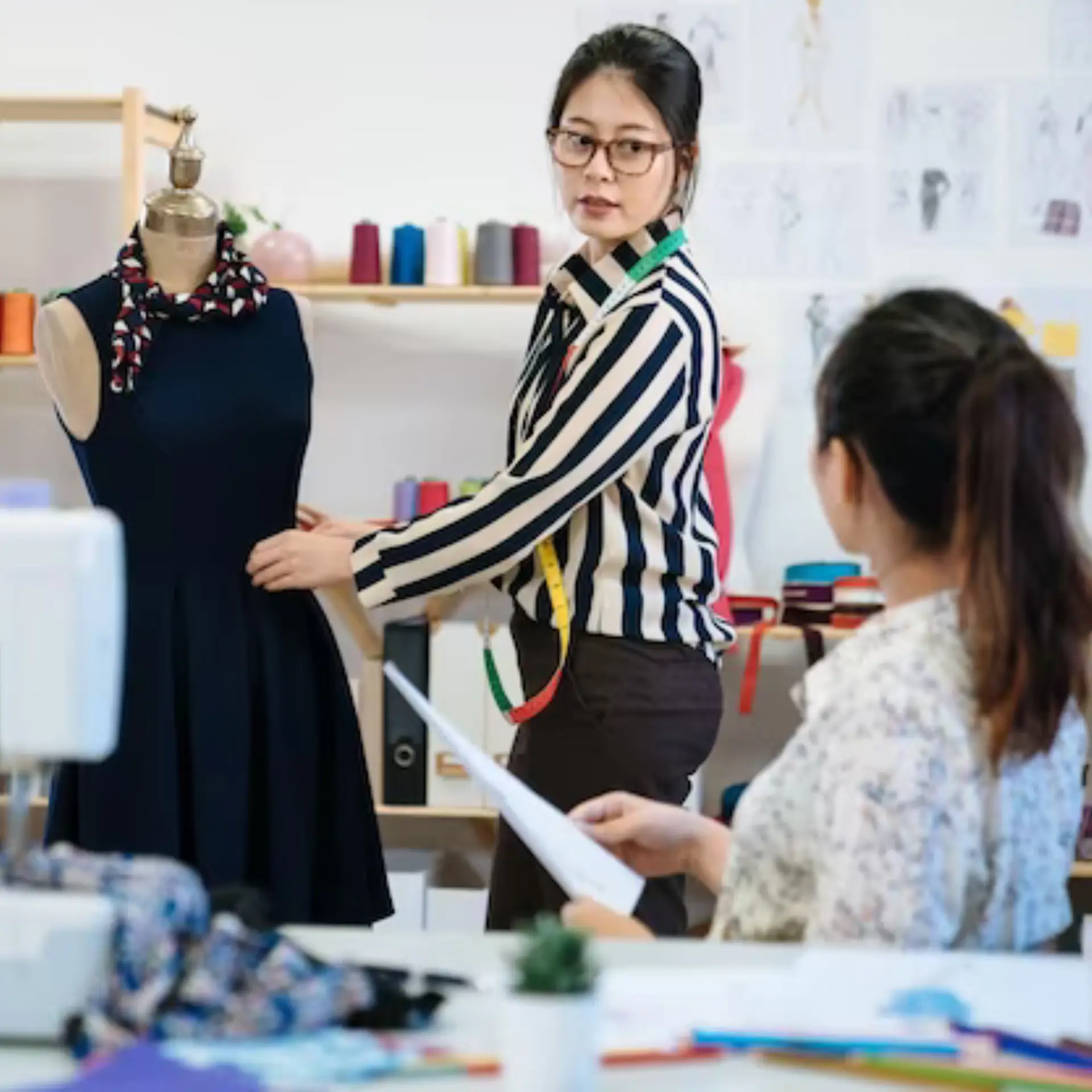Services
Design
LEADING THE CURVE WITH DESIGNS THAT ATTRACT
Our design and development processes are geared towards helping our clients grow their business.
Well- experienced and trained team of professionals from trend, research & interpretation, apparel engineering, textile technology, electronic data processing, international level design consultancy, fabric processing and quality checks, etc, have made us a leader in the textile garment industry.
Our design studio wherein the latest trends and techniques are deployed for garment design is equipped with the most up-to-date software that facilitates pattern making, 3D imaging, graphics, draping, etc. Should our buyer need design assistance, our design team will work with them and and help in developing the required output Some services we offer are ,
Virtual Fit Simulation
3 dimensional fit simulation software for virtual fitting and draping of the garment created using CAD patterns.
Measurements of the required model and garments specifications are given by the client.
This helps us in speeding our approval of fit, viewing colour combination to near perfection and interaction with customers, online or by video conferencing.
The software also lets one view virtual products before the actual product is made.
Graphic Design and Forecasting
Our dedicated design team does research on print graphics / embroider, printing techniques & Speciality Garment washes.
We closely monitor global seasonal requirements through our market intelligence network
Our team of graphic Artists aid in all hand created designs
Sampling
We offer a prototype prior to starting bulk production. Samples are made to our clients' specification and changes effected to ensure quality and client satisfaction.
Sampling will include details like a product / style code or a reference number, color specifications, kind of fabric, composition, description, quantity and details of embroidery, buttons, zippers, or any accessory as required.
Order Confirmation and BOM
Once our sample is satisfactory,client / buyer confirms our association with an official purchase order (PO) with required technical parameters inclusive of i) Measurement Chart, ii) Size ratio, iii) Fabric composition, GSM, Fabric Color, iv) List of trims and accessories required, v) Delivery date. This is followed by advance payment or opening of Letter of Credit . Once the purchase order is received, our inventory department estimates the consumption of fabric and trims and prepares the Bill of Materials as per our client’s requirement.
The Process of Fabric Making
Spinning
Knitting
Dyeing
Compacting
Washing
Fabric Relaxation
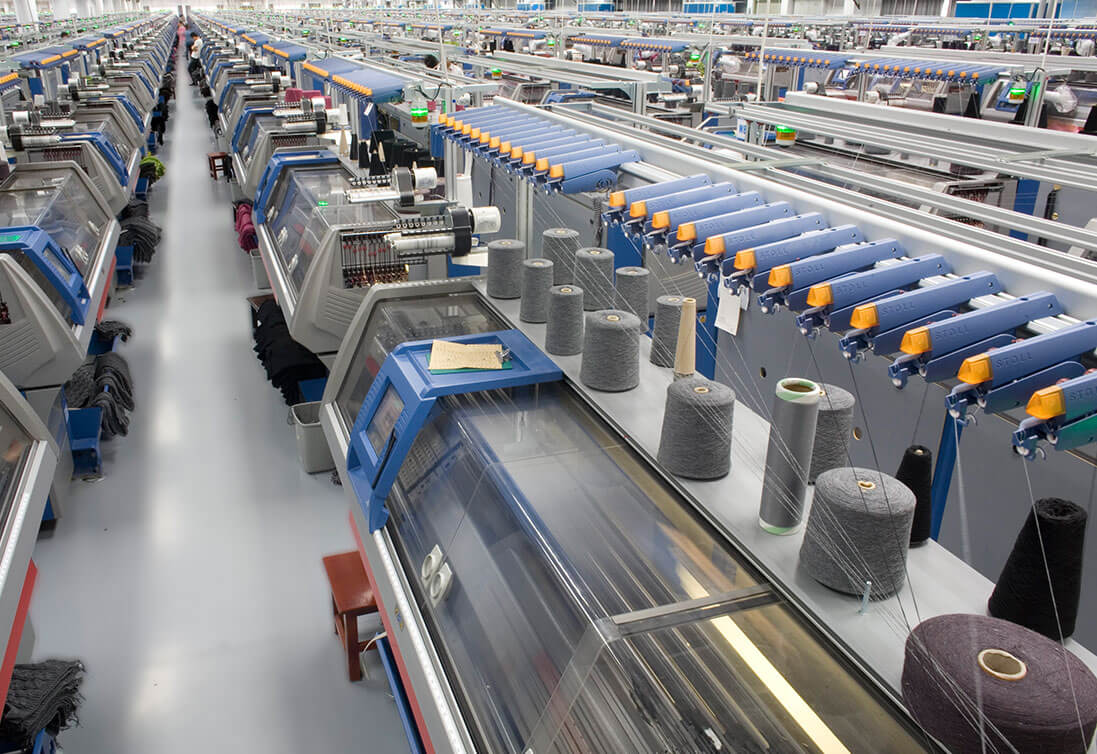
Spinning
Once the BOM is made, we source the finest combed or blended or organic yarn to cater to our socially responsible clientele. We also source world class Compact yarn, Slub yarn, Fair Trade, BCI, Organic Cotton etc depending on the requirement of our client. The counts vary from Ne 20 's to Ne 60's
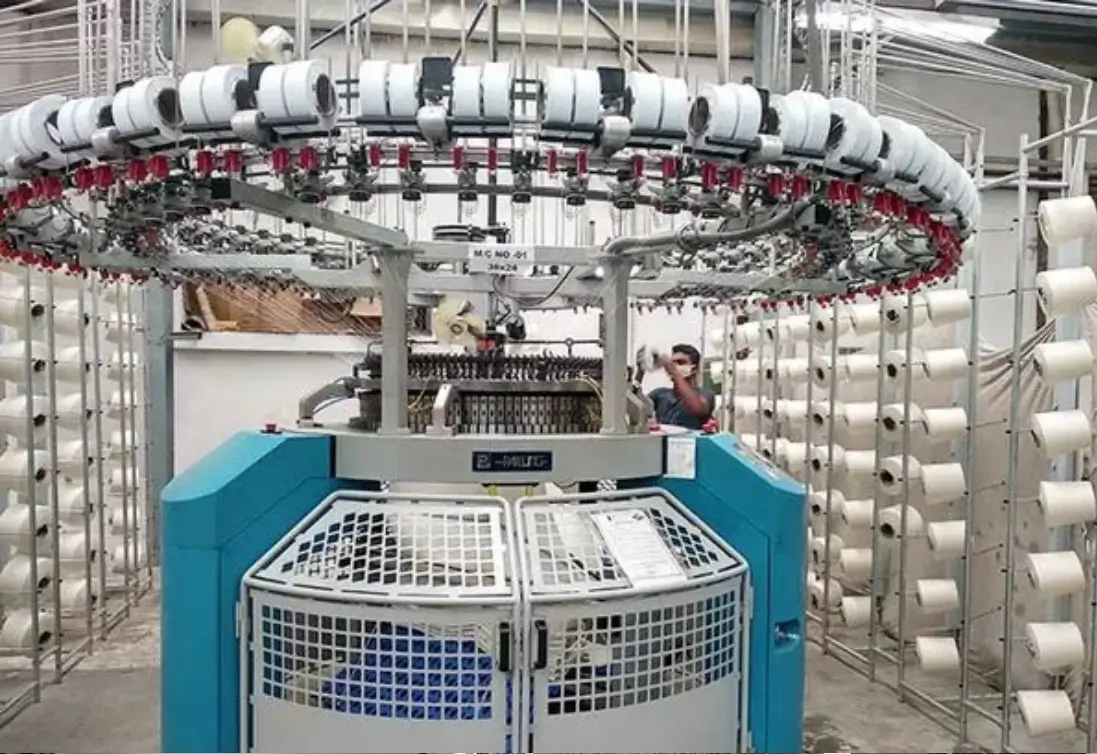
Knitting
Our high quality yarn is converted to fabric at our associate factories that deploy hi-tech circular and flat knit machinery from German and Italy to create a wide range of fabrics – Jersey, Rib, Interlock, Feeder & Auto Stripes, Jacquards, with Lycra, Waffle in all gauge. Interlock, Drop Interlock and Auto Stripes are facilitated with highly-automated Spanish machines. Taiwanese machines for Rib and Wheel Jacquard with Lycra, Japanese Collar knitting machines to knit all types of flat knit collars and machines from Singapore for Jersey with three thread conversion are used. By varying the yarn count, fiber type, needle size and stitch type, we can make a variety of knitted fabrics such as single jersey fabric, fleece, pique, etc as per client requirement.Sweater type apparels are made using high quality Shima Seiki Machines from Japan in guages ranging from 14-12-10-7-5

Dyeing
To produce the best colour combinations , we get our fabric processed at environment friendly state of the art facilities equipped with Reverse Osmosis feed tank, advanced machinery from Thies, Germany for winch dyeing, Soft flow machines, drying machines and rotary printing. To process cotton, Polyester and blended fabrics, the units have advanced HTHP cheese dyeing lines.
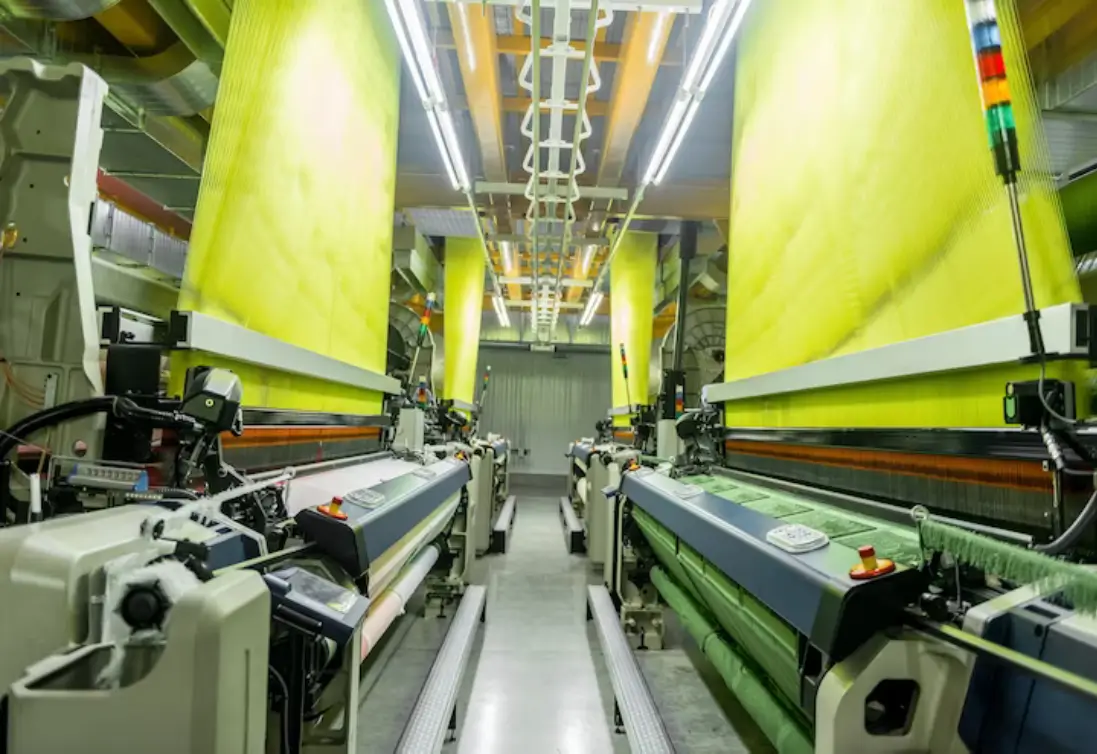
Compacting
For fine finishes, the units adopt techniques like sueding / brushing and offer performance finishes that include antimicrobial, UV, wicking and so on. Compacting is done with tubular and open-width machines like Albrecht from Germany and Ferraro from Italy. The Ehardt and Leimer machines are available for auto slit opening. The Montex, Ewha open-width stentering machine with Bianco computerized weft straightener enables fabric straightening. To process knitted and woven fabrics, the fabric controlled shrinkage relax dryer machine from Alea, Italy is used to ensure complete customer satisfaction. By using appropriate process settings we control fabric shrinkage, GSM, overall width and iron it out to reduce wrinkles.
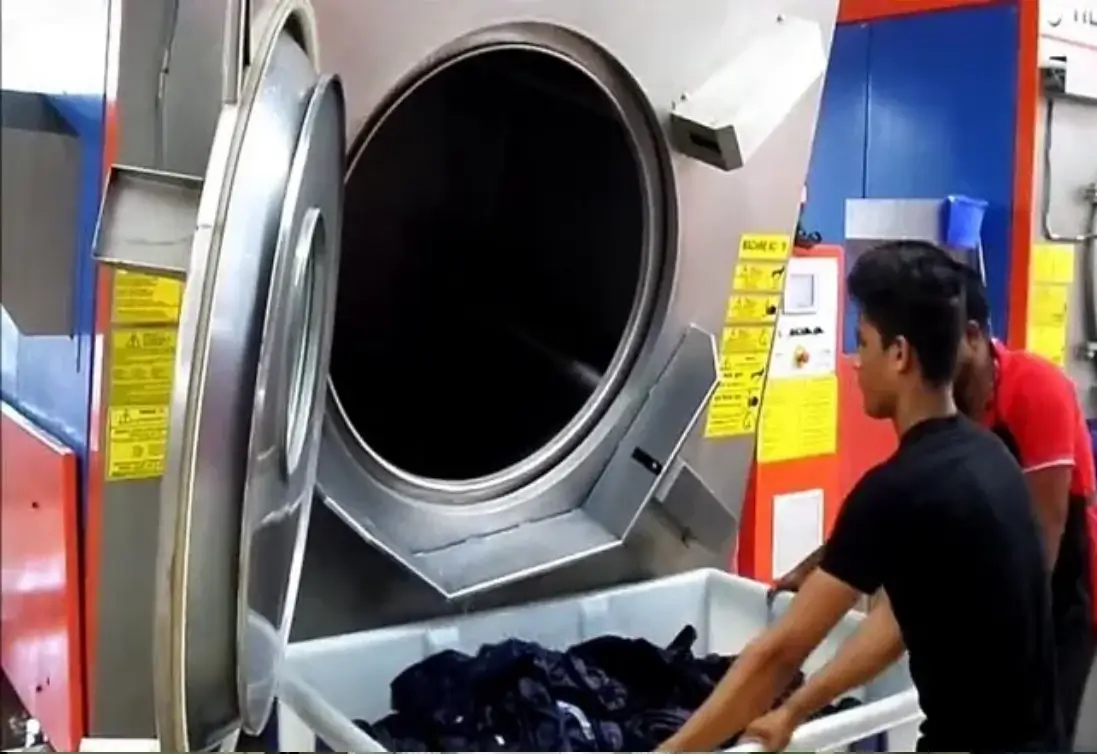
Washing
Garment washing modifies the appearance, outlook, comfort ability and fashion statement of the garments.We use the appropriate washing technique to new effects such as tagging, grinding, destroy, blasting, permanent wrinkle, deep dye, tie dye, hand crapping, etc. Normal wash, Pigment wash,Caustic wash,Enzyme wash, Stone wash, Super white wash, Bleach wash, Acid wash,Silicon wash, Soft wash is used as per client specification.

Fabric Relaxation
The fabrics are relaxed from its roll type tie in the cutting room at ambient temperature. We ensure this is done before cutting to regain fabric’s original shape by maintaining its dimensional stability before cutting into garment. This is mandatory for stretch fabrics. Relaxation machines are also used to relax knitted fabrics as needed.
Fabric Inspection and Cutting
To minimize shrinkage during end use, we mandatorily relax the fabric because the material is continually under tension throughout the various stages of manufacturing, be it knitting, dyeing or other finishing processes.The fabric is then transferred to the spreading and cutting area where its first cut into uniform plies and then spread either manually or using a computer-controlled system in preparation for the cutting process. Post this process, garment forms—or patterns—are laid out on top of the spread, either manually or programmed into an automated cutting system. Lastly, the fabric is cut to the shape of the garment forms using either manually operated cutting equipment or computerized cutting system. The latest Cutting Systems from the USA, with CAD, CAM, CAS, exclusive Plotting facilities and Band Knife Cutting Machines from Japan, Korea and Germany are the highlights of this section. Automatic spreading machines enable spreading of tubular, open-width and woven fabrics.
Value Addition (Printing, Embroidery, etc.)
Printing
Embroidery
Applique
Sequins
Heat Transfer
Closure & Fasteners
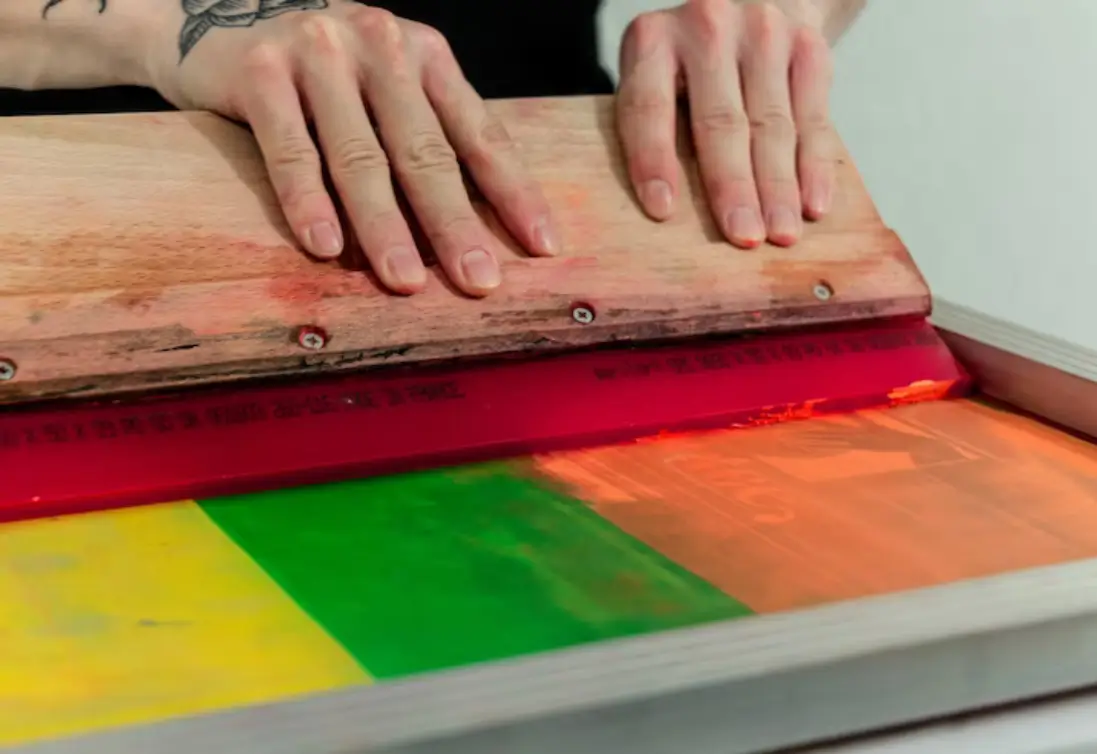
Printing
Our trendy print designs leave impressive impressions that comply with the ever changing trends and needs of the customer. To offer a complete range of print options, we use state-of-the-art placement printing machines which facilitate various types of prints like reactive, discharge, pigment, plastisol, high density, flock, sublimation, digital, rubber etc.
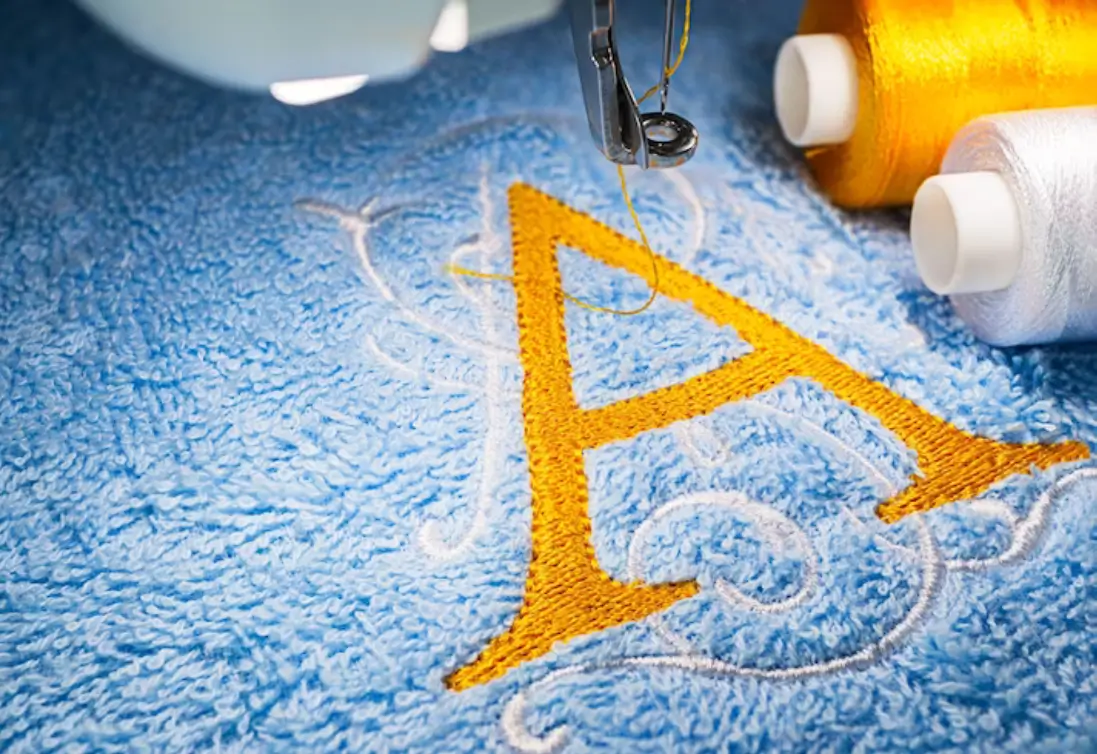
Embroidery
Enabling intricacy of design, sophisticated Japanese and German machines using CAD/CAM enable mass scale execution of intricate embroidery in upto 9 colours with, Laser cut & Sequence, with latest technology.

Applique
The most intricate of ornamental needle work in which pieces of fabric in different shapes and sizes can be sewn or stuck on a larger piece can be executed to perfection by our skilled tailors
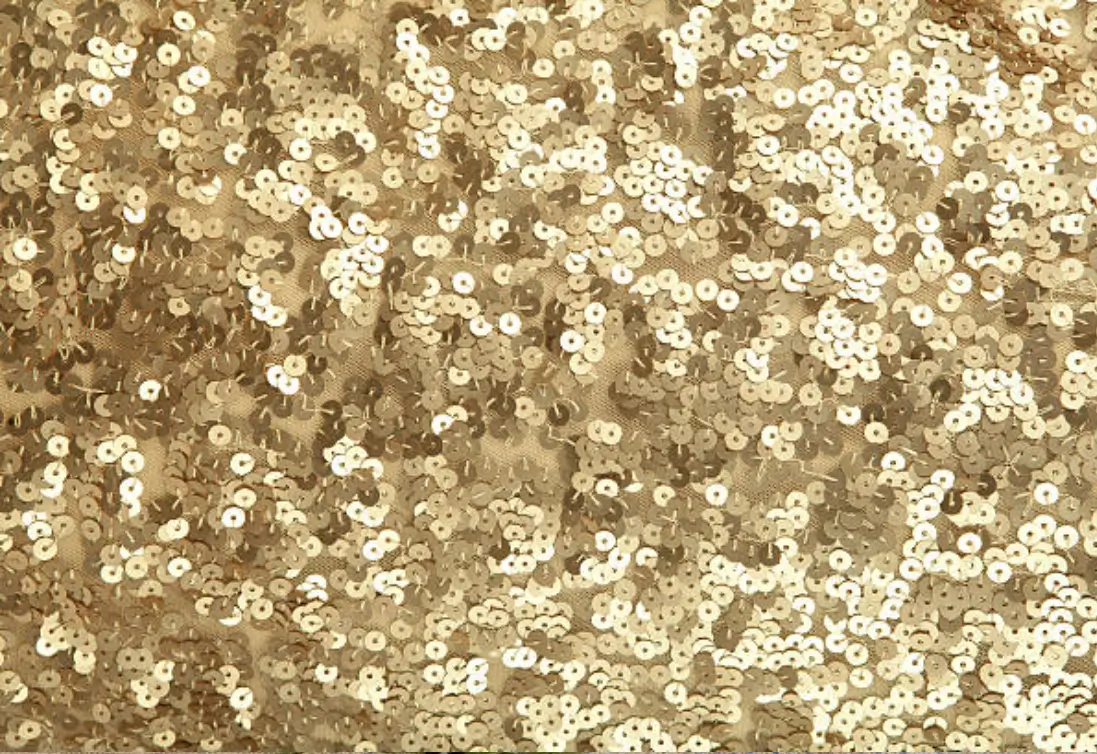
Sequins
Sequin fabric is fully covered material with plastic or metal-shaped pieces popularly known as sequin, they can vary in size, shape, or color. The fabric which consists of sequins are mostly tulle or chiffon. Sequins are available in different shapes like oval, square, polygon and can be carefully sewn .

Heat Transfer
We can provide heat transfer labels as multi colour, non fading , cost effective, quick printing alternativse to traditional sew-on labels and badges. It’s a viable printing technology, where the images are directly printed on the garment. The heat transfer process ensures that the design is embedded into the sublayers, without ruining the quality of Garment

Closure & Fasteners
Our talented workforce can place closures aesthetically that are functional trims to open or close a garment. Some of the closure types are zippers, buttons, snaps, elastics, hooks, loop tapes
Stitching/Sewing
Our world class tailors start stitching or sewing after the cut pieces are bundled according to size, colour and quantities. Garments are sewn in an assembly line, with the garment becoming complete as it progresses down the sewing line. Sewing machine operators receive a bundle of cut fabric and repeatedly sew the same portion of the garment, passing that completed portion to the next operator.
Though quality checking is performed at the end of the sewing line to ensure that the garment has been properly assembled, a sense of quality assurance is inbuilt amongst all our workers all through the production line to make sure that no manufacturing defects exist. When needed, the garment is reworked or mended at designated sewing stations to make sure this labor-intensive process progressively transforms pieces of fabric into top quality designer garments.
Checking, Ironing, Packing
It is realistic to assume that however well checking or quality control procedures operate within a factory there will always be a certain percentage of garments rejected for some reason or other. We carry out quality checks by
- Establishing a standard as a base criterion for measuring quality achievement.
- Measuring and comparing production results with the planned quality standard.
- Taking corrective measures if there are any deviations in the plans.
Our QC Team checks every garment to ensure complete customer satisfaction. After a garment is fully sewn and assembled, it is transferred to the checking section for final checking.This team not only identifies manufacturing defects but also looks for cosmetic flaws, stains, or other spots on the garment that may have occurred during the cutting and sewing processes. Spots are often marked with a sticker and taken to a spot-cleaning area where the garment is cleaned using steam, hot water, or chemical stain removers.
Final Inspection
Final inspection is done after packaging. The packed garments are checked for quality. This process is followed for internal quality audit and to ensure that only quality produce is shipped to the end consumer.
Our quality inspector collects samples from the inspection lot according to the standard sample size. The inspector checks sample size items for defects and defective pieces are removed from the sample size. We strictly follow AQL2.5 for quality measurement. If the inspector finds more defective pieces (defects) than the allowed level as per standards, the whole lot is rejected to make sure only the best quality products are shipped out.
Shipping
After our QC team clears the final inspection, garments are ready for shipment to the end consumer. Our Logistics and documentation team will prepare necessary paper work required for customs clearance and shipping, post which the cargo will be shipped through sea or air as per the client requirement.


